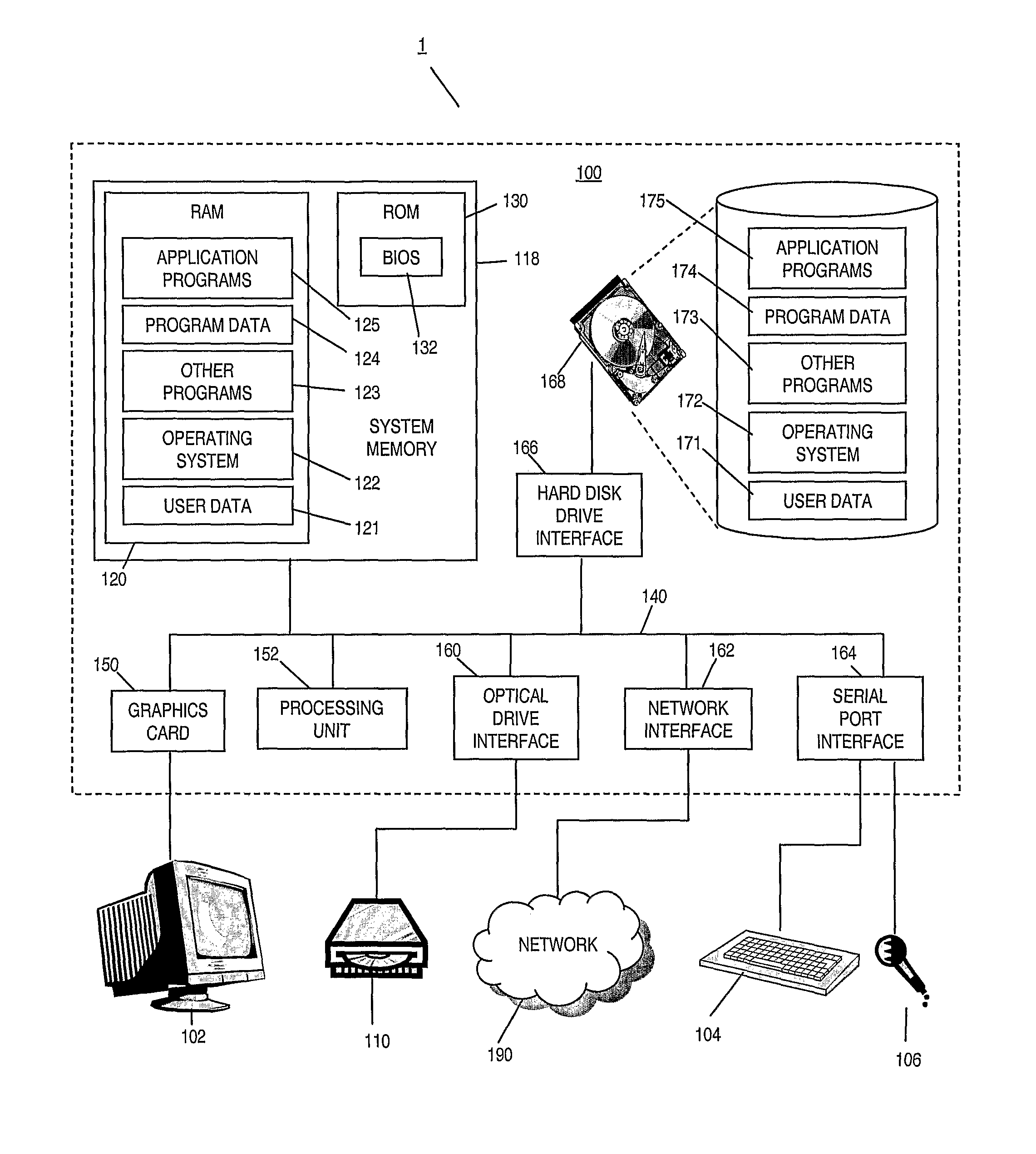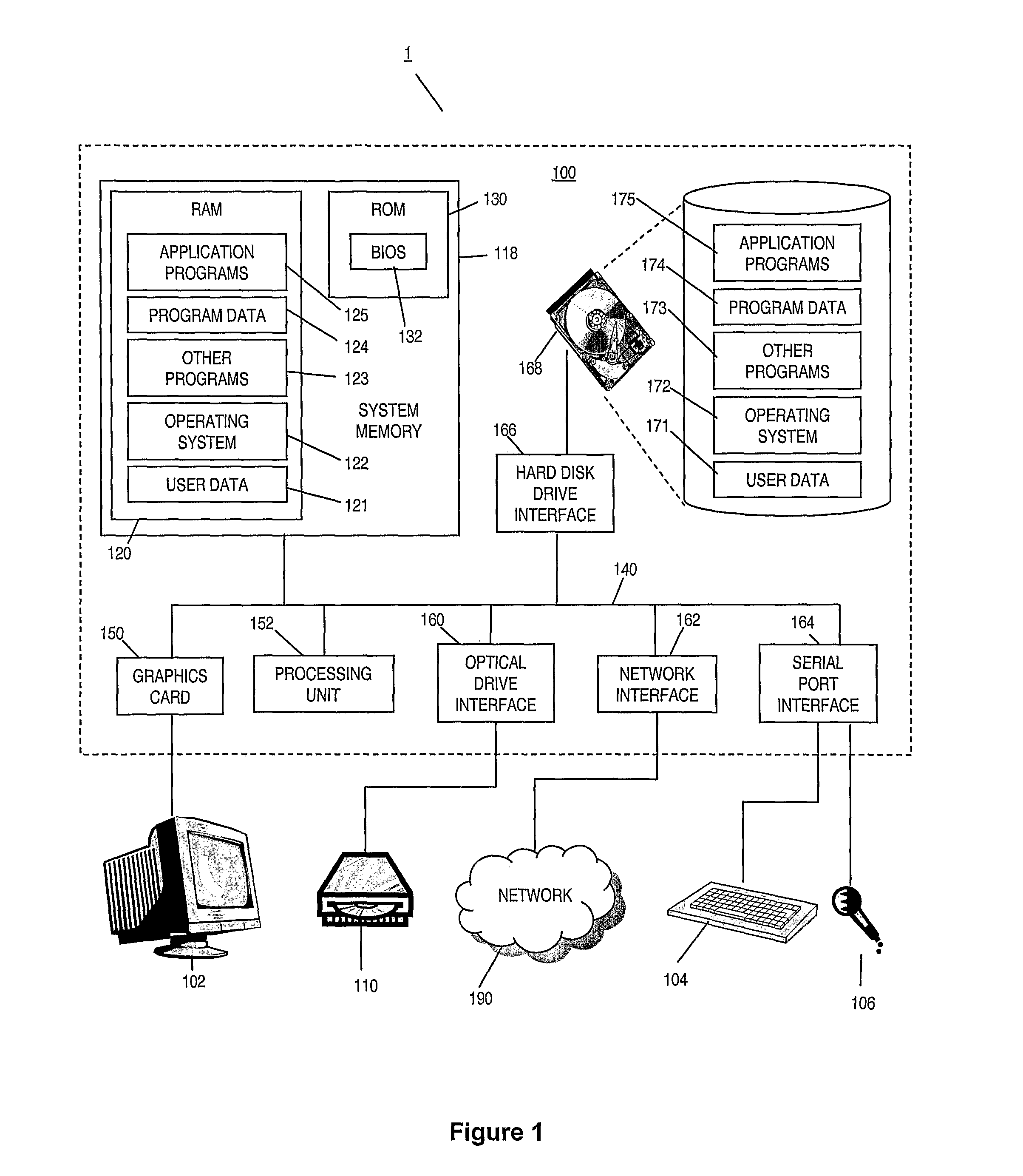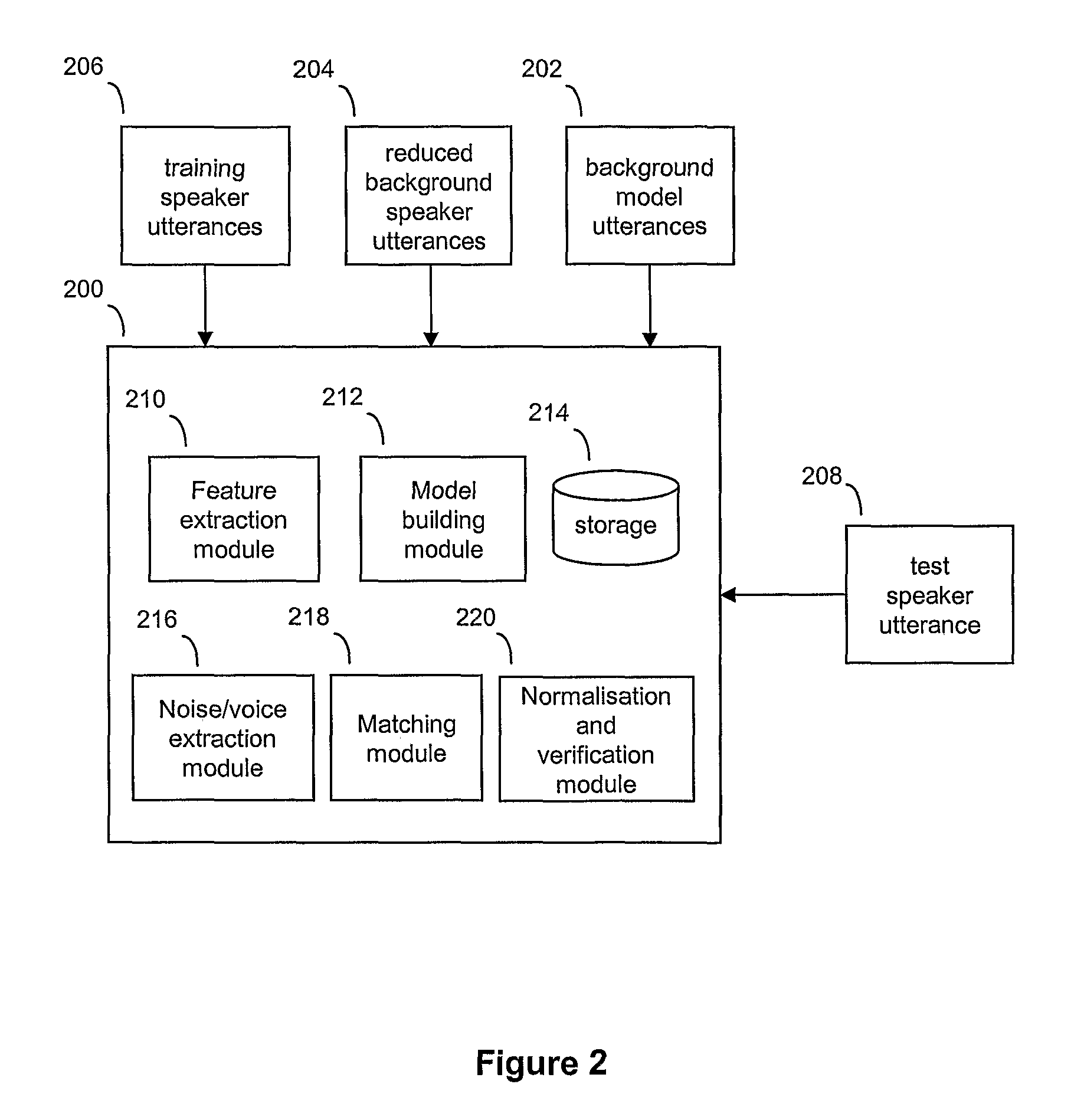Speaker verification
a verification method and speaker technology, applied in the field of speaker verification, can solve the problems of reducing verification accuracy, mismatches, and adverse effects on speaker verification accuracy
- Summary
- Abstract
- Description
- Claims
- Application Information
AI Technical Summary
Benefits of technology
Problems solved by technology
Method used
Image
Examples
Embodiment Construction
[0038]The present invention is described herein with reference to particular examples. The invention is not, however, limited to such examples.
[0039]The present invention may be embodied in hardware, software or a combination of hardware and software. The invention provides a method of verifying the identity of a user in a speaker verification system. The method builds a general model of user utterances using a set of general training speech data. The user also trains the system by providing a training utterance, such as a passphrase or other spoken utterance. Then in a test phase, the user provides a test utterance which includes some background noise as well as a test voice sample. The background noise is used to modify the training data as well as a set of background speaker samples before the modified training data and modified background noise samples are used to adapt the general model to generate an adapted target speaker model and a set of adapted background speaker models r...
PUM
 Login to View More
Login to View More Abstract
Description
Claims
Application Information
 Login to View More
Login to View More - R&D
- Intellectual Property
- Life Sciences
- Materials
- Tech Scout
- Unparalleled Data Quality
- Higher Quality Content
- 60% Fewer Hallucinations
Browse by: Latest US Patents, China's latest patents, Technical Efficacy Thesaurus, Application Domain, Technology Topic, Popular Technical Reports.
© 2025 PatSnap. All rights reserved.Legal|Privacy policy|Modern Slavery Act Transparency Statement|Sitemap|About US| Contact US: help@patsnap.com



